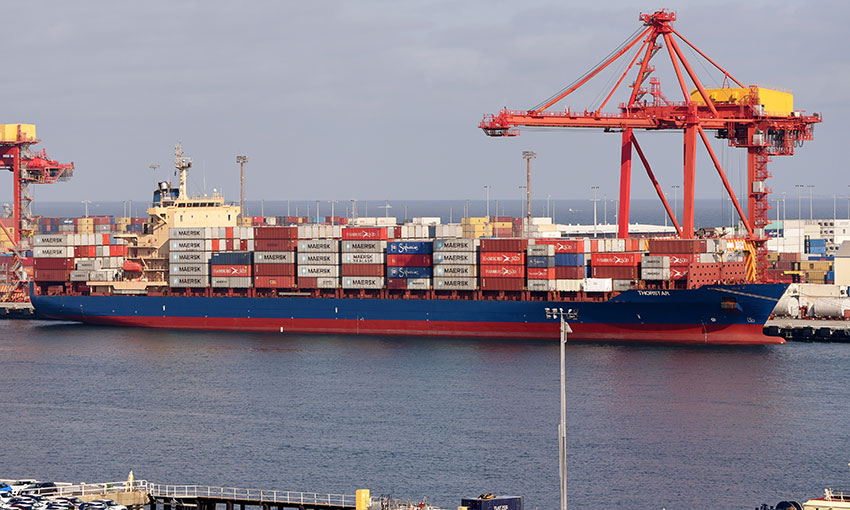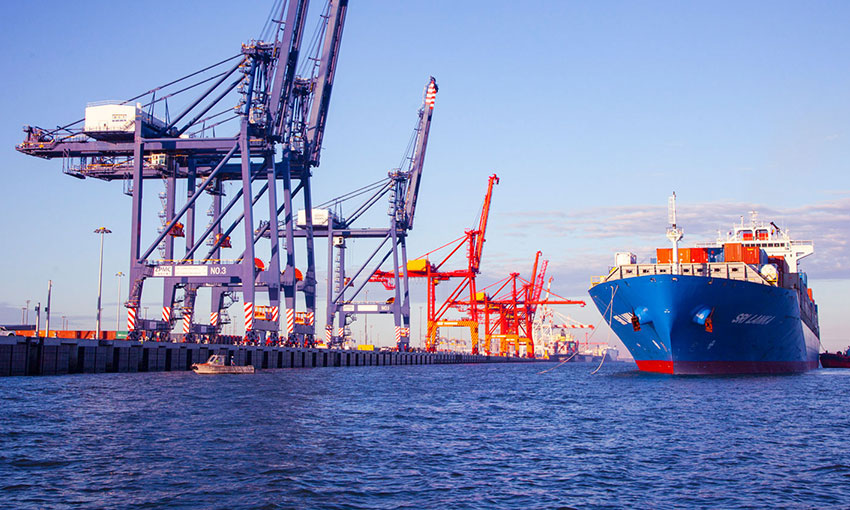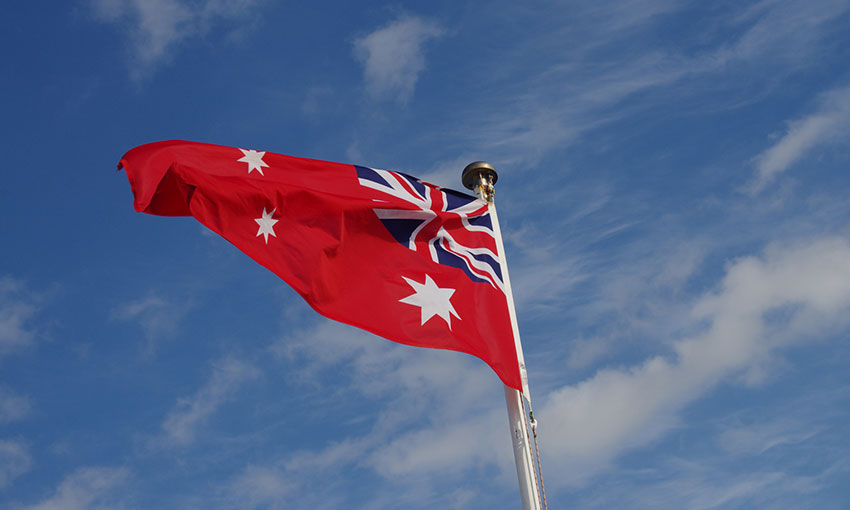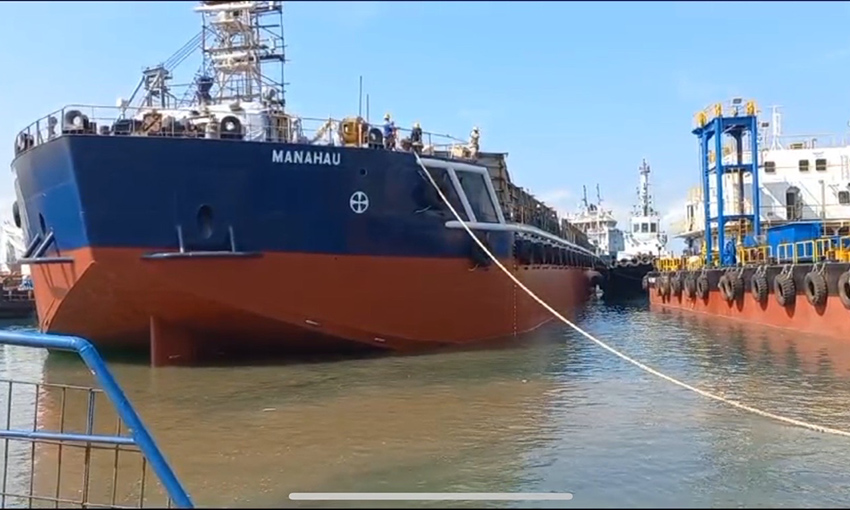THE national regulatory regime does not support the aims of an Australian shipping industry, making it not “commercially attractive for Australian companies to put nationally flagged vessels in operation”, according to the recently released WA Shipping and Supply Chain Task Force Discussion Paper.
The regulatory regime also makes it more difficult for foreign-flagged vessels to carry cargo between Australian ports.
“The entire regime needs rethinking in order to make it possible for Australian-flagged and crewed vessels to compete authentically with foreign shipping lines, at least in certain critical industry sectors,” the report says.
The taskforce
In March last year, the Western Australian government established a taskforce to examine the resilience of the state’s shipping industry and vital supply chains after floods severed the main east-west rail line in late January 2022 for 24 days.
Late last month, the taskforce published a discussion paper, outlining its work so far.
It said the taskforce had zeroed in on investigating three main areas to date. These include: increasing capacity for coastal shipping for inter and intrastate trade; improving training and career pathways for maritime workers; and measures to improve landside supply-chain resilience.
The taskforce’s chairs are two Labor MPs – Jessica Stojkovski and And Kyle McGinn, who, prior to entering Parliament, was an organiser for the Western Australian branch of the Maritime Union of Australia.
The decline and decline of Australian coastal shipping
The paper points out that coastal shipping has declined significantly and accounts for 15% of total estimated long-distance freight in Australia. In 1970, the paper said about 50% of Australia’s domestic freight task was carried by ships.
According to the paper, 11 Australian-flagged vessels hold a general licence under the Coastal Trading (Revitalising Australian Shipping) Act 2012 and carry domestic cargo.
“Of the 54 million tonnes carried by coastal shipping in 2018-19 (both licensed and non-licensed – intrastate voyages do not require a licence), 31.6 million tonnes were carried by foreign-flagged vessels operating under a Temporary Licence, compared with 9.2 million tonnes carried by Australian vessels operating under a General Licence,” the paper says.
“The total volume of cargo moving between Australian ports has not changed significantly in over 40 years, despite increases in the domestic freight task. As a result, coastal trading’s share of the domestic freight task has fallen significantly, as most demand growth has been picked up by road and rail.”
Indeed, in his second-reading speech for the Coastal Trading (Revitalising Australian Shipping) Act 2012 in March 2012, Prime Minister (then infrastructure and transport minister) Anthony Albanese said the Australian fleet had dwindled from 55 ships to 21 over the previous decade.
“In a country where 99.9% of our trade is moved by ships, there will soon be no fleet to revitalise,” he said.
Rail and trucks carry more freight
According to the paper, coastal shipping carried about 14% of Australia’s total domestic freight task in 2020-21, in comparison with road’s 28% and rail’s 56%.
“Coastal shipping policy is a function of the Commonwealth government. Current policy favours the use of international shipping lines for most import, export and domestic sea-borne freight,” the paper says.
“One of the consequences of this is that there is a very limited range of career options for Australian maritime workers and therefore limited maritime training capability. This contributes to the overall weakness of the maritime industry in this state.”
It also says: “current administration of the sea-freight sector provides clear advantages to foreign flagged and crewed vessels over Australian shipping”.
In its analysis of the rail corridor and its usage, the taskforce said the Trans Australian railway, which links Perth with the easter states and the NT, delivers more than 5 million tonnes of freight in both directions every year – about 75% of this is west-bound and 25% east-bound. The paper says this train service carries 80% of the grocery products sold in the state’s supermarkets.





